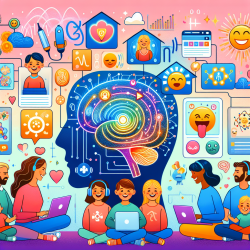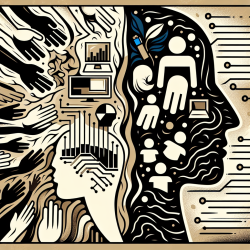Understanding Gamma Activation in Autism: Insights for Practitioners
As a practitioner dedicated to improving outcomes for children with autism spectrum disorders (ASD), staying updated with the latest research is crucial. One groundbreaking study, Gamma Activation in Young People with Autism Spectrum Disorders and Typically-Developing Controls When Viewing Emotions on Faces, offers invaluable insights into the neural mechanisms underlying emotion recognition in ASD. Here’s how you can leverage these findings to enhance your therapeutic strategies.
Key Findings from the Study
The study utilized magnetoencephalography (MEG) to examine gamma activation in children with ASD and typically-developing (TD) controls when viewing emotional faces. The key findings were:
- Gamma Response Absence: Children with ASD exhibited a largely absent gamma response in occipital areas when viewing emotional faces.
- Intact Evoked Responses: Both groups showed similar evoked responses, but ASD participants had abnormal induced activity.
- Relation to Behavior: Higher scores for autistic behaviors were linked to weaker induced gamma responses.
Implications for Therapy
Understanding these findings can help tailor more effective interventions:
- Focus on Early Visual Processing: Given the early visual processing differences, therapies that enhance visual attention and perception might be beneficial.
- Holistic Processing Strategies: Incorporate activities that promote holistic processing of faces, such as using multi-sensory integration techniques.
- Behavioral Correlation: Monitor and adjust therapies based on behavioral assessments to track progress and adapt strategies accordingly.
Encouraging Further Research
This study opens the door to numerous questions that warrant further exploration:
- How do these gamma abnormalities affect other cognitive functions in ASD?
- Can interventions targeting gamma activation improve social cognition and face processing?
- What are the long-term effects of tailored interventions based on these findings?
As practitioners, staying informed and integrating research findings into practice is vital. By understanding and applying these insights, we can better support children with ASD in their developmental journey.
To read the original research paper, please follow this link: Gamma Activation in Young People with Autism Spectrum Disorders and Typically-Developing Controls When Viewing Emotions on Faces.










